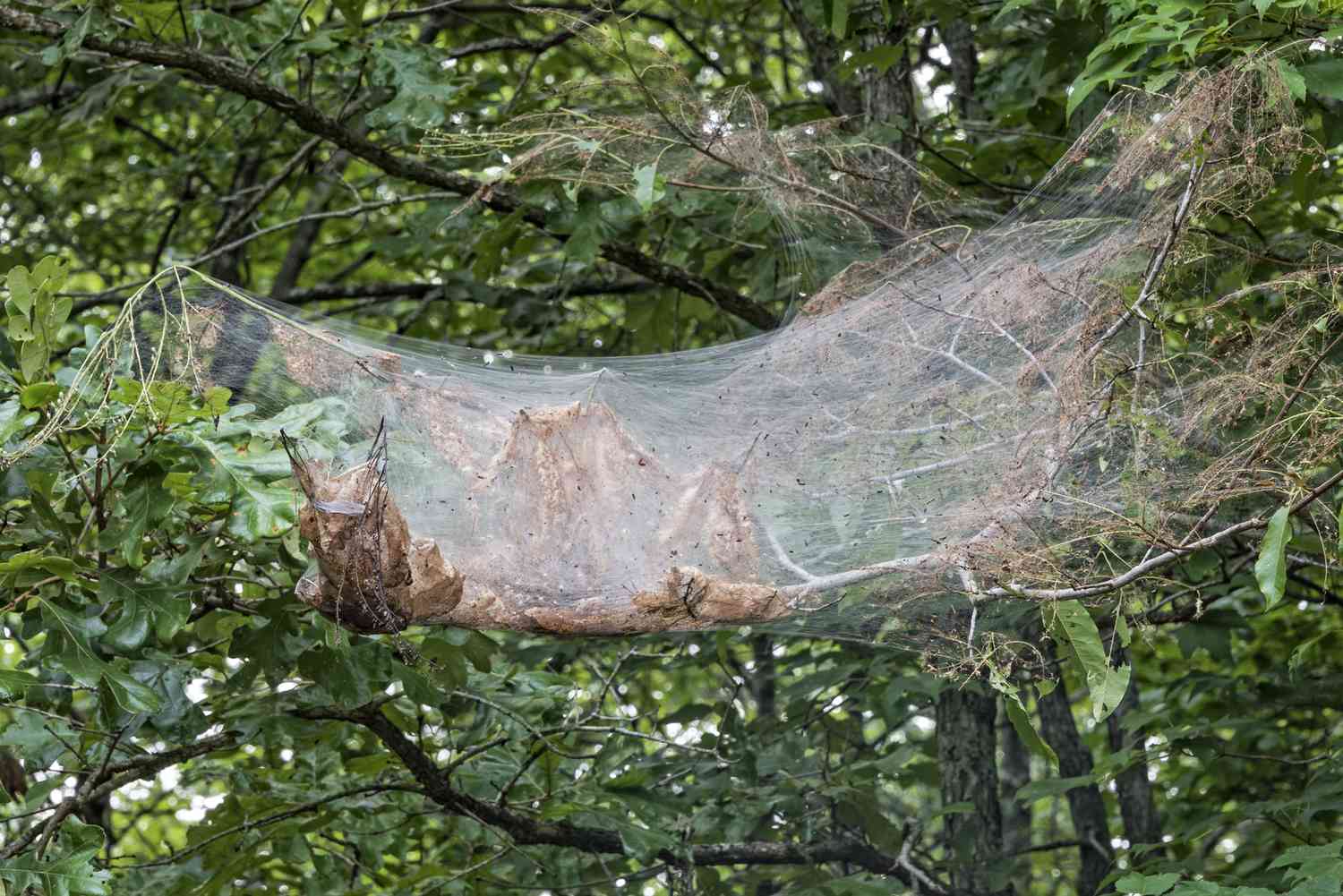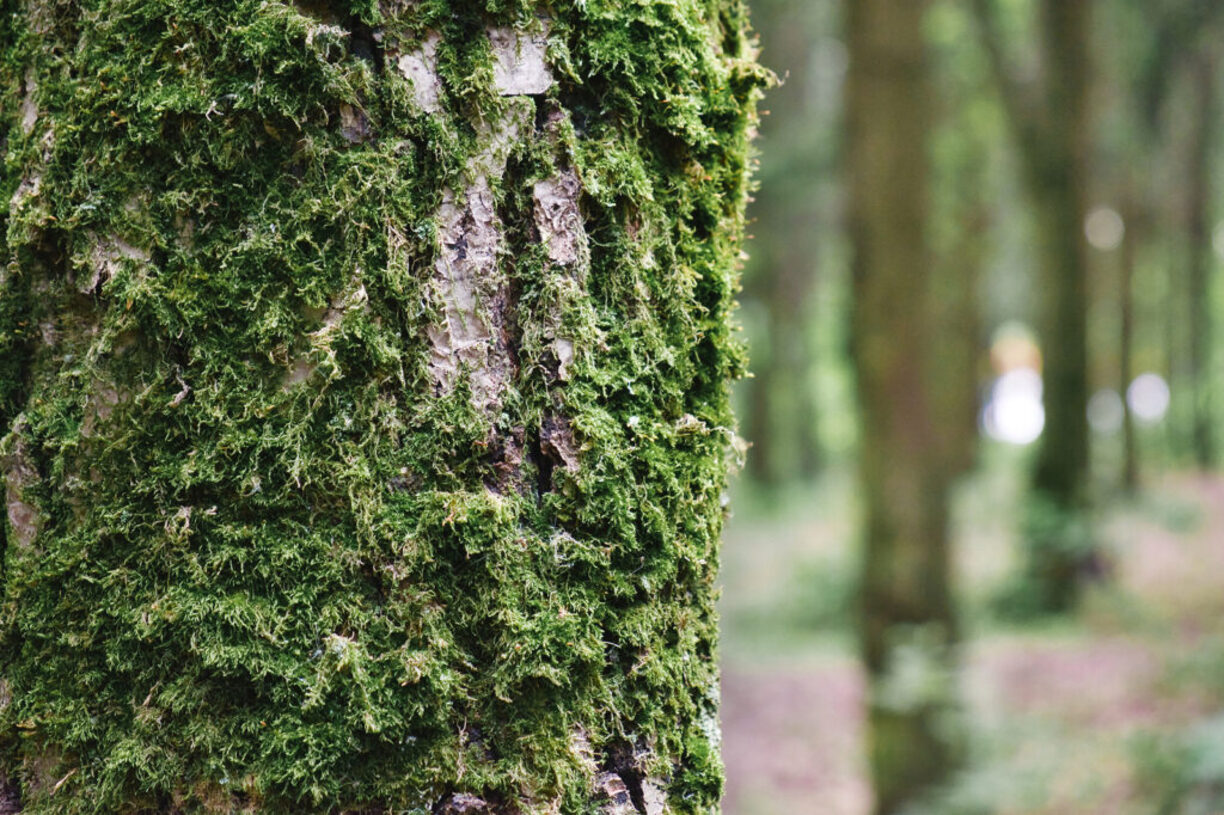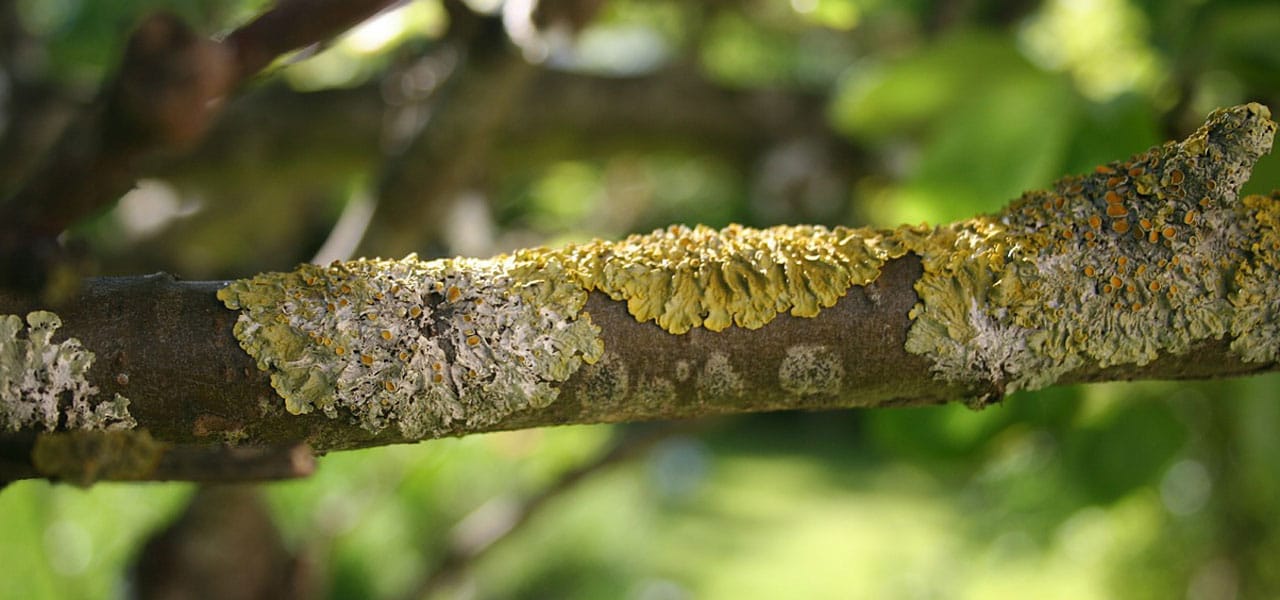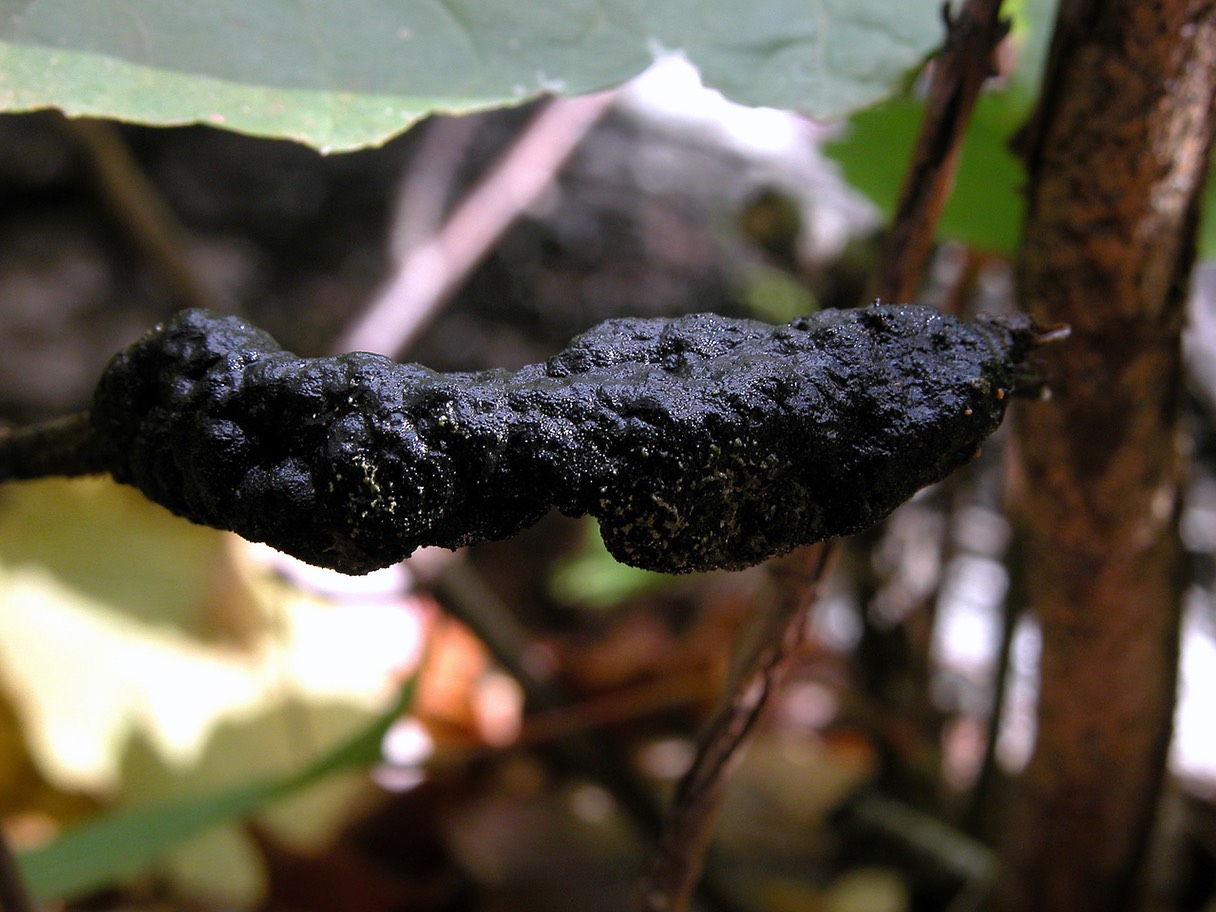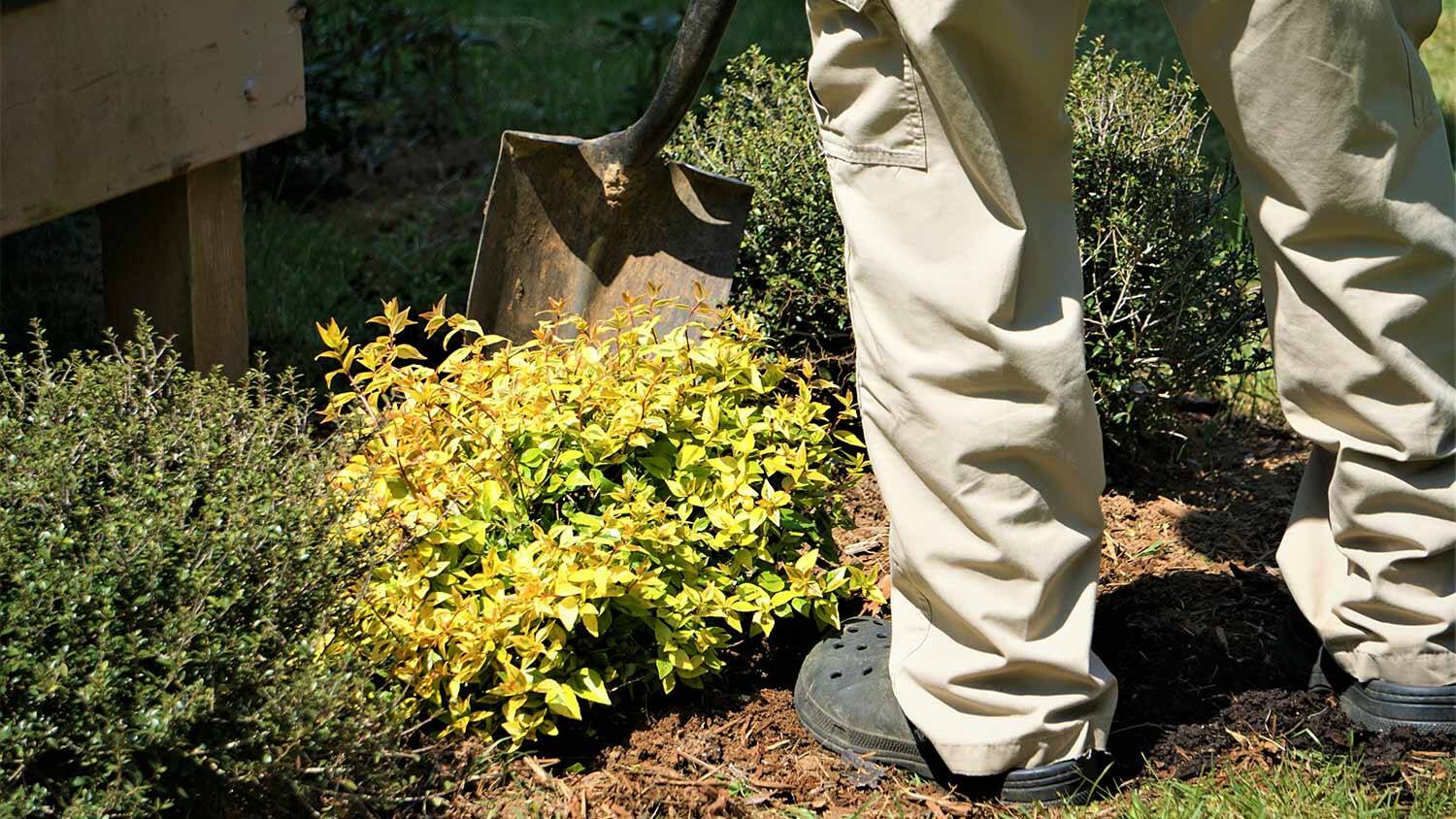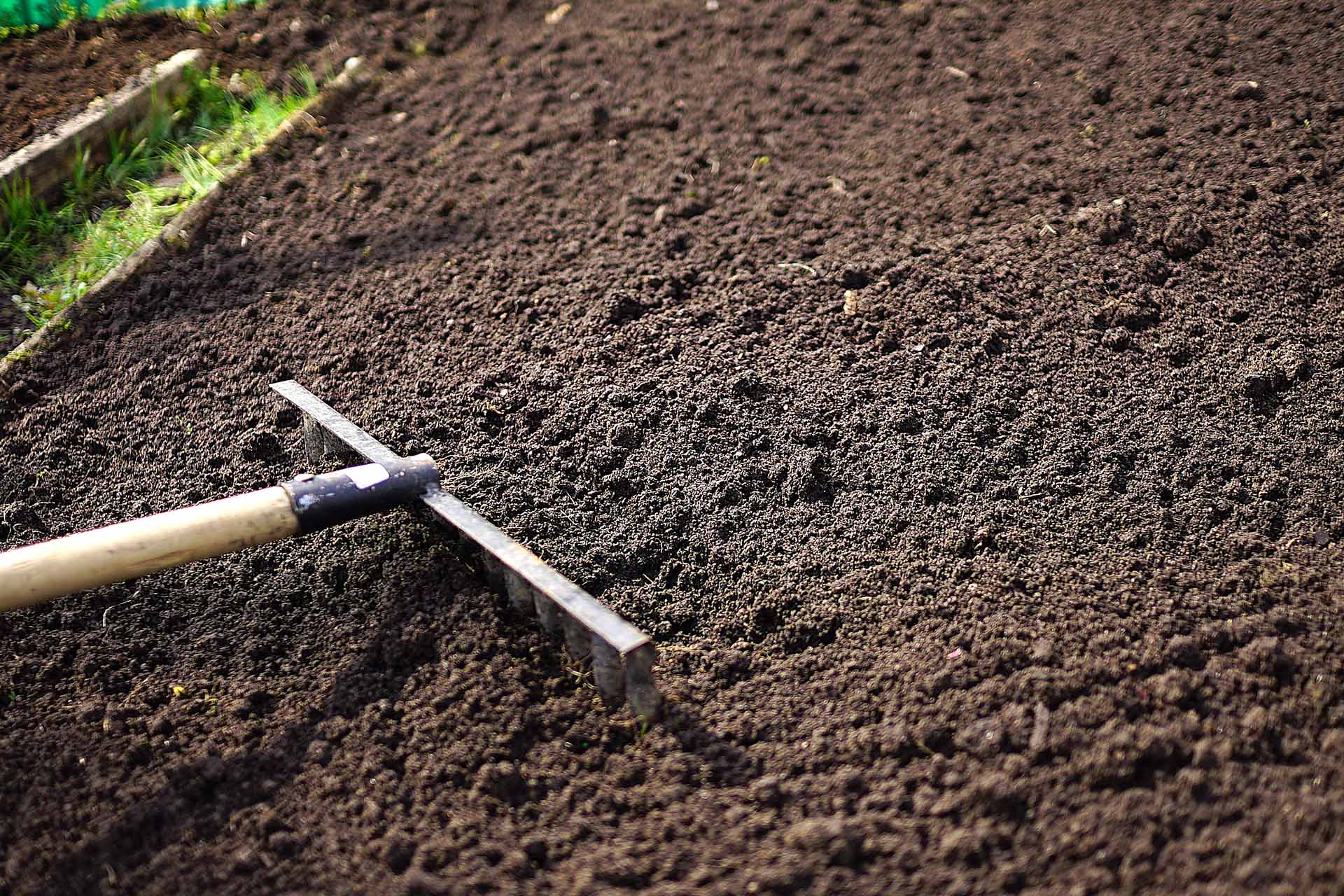Home>Gardening Tips and Tricks>Problem Solving>How To Get Rid Of Tree Seedlings In Lawn
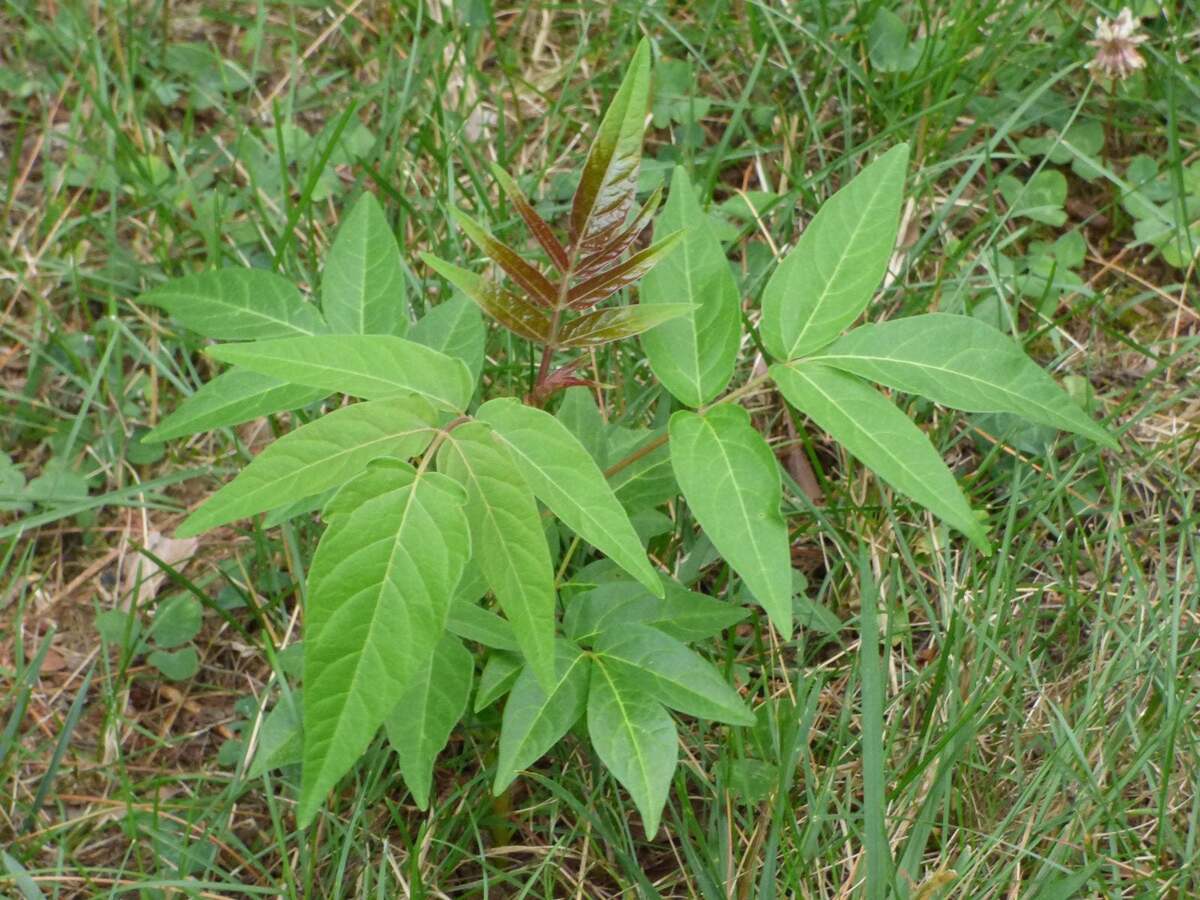

Problem Solving
How To Get Rid Of Tree Seedlings In Lawn
Modified: January 22, 2024
Learn effective methods for tackling the problem of tree seedlings in your lawn with our helpful guide on problem-solving.
(Many of the links in this article redirect to a specific reviewed product. Your purchase of these products through affiliate links helps to generate commission for Chicagolandgardening.com, at no extra cost. Learn more)
Table of Contents
Introduction
Welcome to our comprehensive guide on how to get rid of tree seedlings in your lawn. Dealing with tree seedlings can be a frustrating and time-consuming task, as they can quickly multiply and create an unsightly mess in your otherwise well-maintained lawn. Whether you have maple, oak, or any other type of tree seedlings, we have you covered with effective solutions.
Tree seedlings are small, young trees that sprout and grow in unwanted areas, such as lawns. They often originate from seeds dropped by mature trees or carried by birds and wind. If left unattended, these seedlings can grow into full-sized trees and cause significant damage to your lawn’s ecosystem. It is essential to address tree seedlings as soon as you notice them to prevent further proliferation and ensure the health and aesthetics of your lawn.
This guide will provide you with valuable insights into identifying tree seedlings and understanding why it is necessary to remove them. We will explore both manual and chemical removal methods, and offer tips on how to prevent future tree seedlings from taking root in your lawn. By following our expert advice, you can reclaim your lawn and maintain its lush green appearance.
Whether you are a seasoned gardener or a homeowner looking to improve their lawn care skills, this guide will equip you with the knowledge and techniques to effectively tackle tree seedlings. So, grab your gardening gloves and join us as we delve into the world of tree seedling removal and lawn maintenance!
Understanding Tree Seedlings in Lawns
Before we dive into the methods of removing tree seedlings, it’s essential to understand what exactly they are and why they appear in your lawn. Tree seedlings are young trees that germinate from seeds scattered or carried by birds and wind. They often pop up unexpectedly in lawns, causing frustration for homeowners.
The most common types of tree seedlings found in lawns include maple, oak, birch, and pine. These seedlings have a natural ability to sprout and grow rapidly, sometimes even in unfavorable conditions. They can thrive in various soil types, temperatures, and moisture levels.
Tree seedlings in your lawn can create several problems. Firstly, their shallow root systems compete for water, nutrients, and sunlight with your lawn grass, causing it to become weak and sparse. This results in an uneven and unattractive lawn appearance. Secondly, as the seedlings mature into trees, their expanding root systems can damage underground utilities, such as irrigation systems and drainage pipes. Finally, tree seedlings can also disrupt the overall aesthetics of your lawn, creating a messy and untidy look.
Understanding the life cycle of tree seedlings is crucial for effective removal. In general, tree seeds can remain dormant in the soil for an extended period until the right conditions for germination occur. Factors such as temperature, sunlight, moisture, and oxygen play a significant role in triggering seedling growth. Once the seedlings emerge, they start to establish their root systems to anchor themselves and absorb nutrients from the soil.
It’s important to note that removing just the visible parts of tree seedlings is not enough. The roots need to be eradicated as well to prevent regrowth. Neglecting proper removal techniques can lead to recurring tree seedlings in your lawn and continued frustration.
In the next sections, we will explore effective methods for identifying and removing tree seedlings, as well as preventative measures to keep your lawn seedling-free. So, let’s dive in and learn how to regain control of your lawn!
Identifying Tree Seedlings
Accurately identifying tree seedlings is crucial for effective removal. While they may seem like small, innocent plants, differentiating them from other lawn vegetation can be challenging. Understanding their characteristics will help you target them specifically and prevent any accidental removal of desired plants. Here are some key features to look out for when identifying tree seedlings:
- Leaf Shape: Examine the shape and structure of the leaves. Maple seedlings have distinctive lobed leaves, while oak seedlings have serrated leaves with pointed tips. Birch seedlings have oval-shaped leaves with jagged edges, and pine seedlings have needle-like leaves.
- Seed Pods: Some tree seedlings produce distinctive seed pods that can help with identification. For example, maple seedlings develop winged samaras, commonly known as “helicopters,” which assist in seed dispersal.
- Branch Structure: Observe the branching pattern and structure of the seedlings. Maple seedlings tend to have opposite branching, while oak seedlings have alternate branching.
- Growth Habit: Pay attention to the growth habit of the seedlings. Some may have a single stem, while others may exhibit multiple stems.
- Size: Tree seedlings vary in size, but most commonly range from a few inches to a couple of feet in height. Keep in mind that younger seedlings may be smaller and less noticeable.
- Distinctive Characteristics: Some tree seedlings have distinct features that aid in identification. For example, pine seedlings have a resinous smell and produce sticky resin on their stems.
If you’re still unsure about the identification, consult a local garden center or a horticulturist who can provide guidance based on the specific tree species common in your area.
Knowing how to identify tree seedlings will enable you to differentiate them from desired lawn grass and other plants. This knowledge is essential when employing targeted removal methods, ensuring that you effectively eradicate the seedlings without causing any harm to your lawn. Now that you’re armed with the skills to identify tree seedlings, let’s move on to the next section to explore the reasons why removing them is necessary.
Reasons to Remove Tree Seedlings from Lawns
Dealing with tree seedlings in your lawn may seem like a tedious task, but it’s essential to understand the reasons why removing them is necessary. Here are some compelling reasons to tackle tree seedlings and prevent them from taking over your lawn:
- Competition for Resources: Tree seedlings have a strong and fast-growing nature, which means they can quickly compete with your lawn grass for essential resources like water, nutrients, and sunlight. This competition can weaken your lawn, leading to sparse patches and an uneven appearance.
- Damage to Underground Utilities: As tree seedlings mature into trees, their root systems expand and can cause damage to underground utilities, such as irrigation systems and drainage pipes. This can result in costly repairs and disruptions to your lawn care routine.
- Disruption of Lawn Aesthetics: Tree seedlings can create an unsightly and messy look in your lawn. They can grow in random spots, interrupting the uniformity and beauty of a well-maintained lawn. Removing them will help restore the overall aesthetics of your outdoor space.
- Potential Hazards and Safety Concerns: If allowed to grow unchecked, tree seedlings can become large trees with branches and foliage that may pose safety hazards. They can obstruct pathways, block sunlight, and interfere with structures, putting you and your property at risk.
- Preventing Future Problems: By removing tree seedlings promptly, you can prevent future problems associated with full-grown trees. Mature trees can produce a significant amount of leaves, seeds, and debris, which can require extensive clean-up and maintenance.
- Maintaining Lawn Health and Appearance: A healthy and lush lawn enhances the beauty of your home and provides a pleasant outdoor space. Removing tree seedlings is essential for maintaining the health and appearance of your lawn, allowing your desired grass to thrive and create a vibrant landscape.
Taking these reasons into consideration, it becomes clear that removing tree seedlings from your lawn is not just about aesthetics but also about ensuring the long-term health and functionality of your outdoor space. In the next sections, we will explore effective methods for both manual and chemical removal of tree seedlings, helping you restore and maintain a beautiful, seedling-free lawn.
Manual Removal of Tree Seedlings
One of the most effective methods to remove tree seedlings from your lawn is through manual removal. This method involves physically uprooting the seedlings to eliminate both the visible parts and their root systems. Here are the steps to follow for successful manual removal:
- Gather the Right Tools: Before you begin, gather the necessary tools for the job. This may include a pair of gardening gloves, a small hand trowel or weed tool, and a bucket or bag for collecting the uprooted seedlings.
- Identify Tree Seedlings: Use the previously mentioned methods to correctly identify the tree seedlings in your lawn. This will help ensure that you target the correct plants and avoid accidental removal of desired grass or plants.
- Softening the Soil: Water the area around the tree seedlings to soften the soil. This will make it easier to uproot the seedlings without causing excessive damage to the surrounding lawn.
- Loosen the Soil: Using the hand trowel or weed tool, gently loosen the soil around the seedling’s base. Dig deep enough to loosen the roots and make it easier to pull out the seedling without breaking it.
- Grasp and Pull: With your gardening gloves on, firmly grasp the seedling at its base, as close to the soil as possible. Slowly and steadily, apply upward pressure while pulling to remove the entire seedling, including its root system.
- Collect and Dispose: As you remove each seedling, place them directly into a bucket or bag to collect them. This prevents any dropped seeds from reseeding in your lawn. Properly dispose of the collected seedlings, either by placing them in green waste bins or following local guidelines.
- Inspect and Repeat: After removing the seedlings, inspect the area to ensure that no seeds or seedling remnants are left behind. Repeat the process regularly to stay on top of any new seedlings that may appear.
Manual removal of tree seedlings is an effective and environmentally friendly method. It allows you to specifically target and remove unwanted plants without the use of chemicals. However, manual removal can be time-consuming, especially if you have a large number of seedlings or they are deeply rooted. In such cases, you may need to combine manual removal with other methods for more efficient and comprehensive seedling control.
In the next section, we will explore an alternative method – chemical removal of tree seedlings – which can be useful when manual removal is not feasible or practical.
Chemical Removal of Tree Seedlings
If manual removal is not feasible or practical for removing tree seedlings from your lawn, chemical removal can be an effective alternative. Chemical methods involve using herbicides specifically formulated to target and eliminate unwanted plants, including tree seedlings. Here’s how you can use chemical treatments to remove tree seedlings:
- Choose the Right Herbicide: Select an herbicide that is designed to control woody plants or broadleaf weeds. Look for products that contain active ingredients such as glyphosate or triclopyr, which are effective in killing tree seedlings.
- Read and Follow the Instructions: Carefully read and follow the instructions provided on the herbicide label. Pay attention to the recommended dosage, application method, and safety precautions.
- Timing is Key: Apply the herbicide when the tree seedlings are actively growing and have developed leaves. This is typically during the spring or early summer when the seedlings are in their vigorous growth phase.
- Protect Desired Plants: Use a plastic or cardboard shield to protect desirable plants and grass in the vicinity of the tree seedlings. This will help prevent accidental herbicide contact and damage to desired vegetation.
- Apply the Herbicide: Following the instructions on the herbicide label, spray or carefully apply the herbicide directly onto the seedlings. Ensure that the leaves and stems are thoroughly coated with the herbicide solution.
- Observe Safety Precautions: When handling and applying herbicides, it is crucial to wear protective clothing, gloves, and eyewear as recommended by the product label. Avoid contact with the herbicide and keep children and pets away from the treated area until it has dried.
- Monitor and Repeat if Necessary: Depending on the herbicide used, it may take a few days or weeks to see the full effects. Monitor the treated area and reapply the herbicide if necessary, following the recommended intervals provided on the label.
- Proper Disposal: Follow local guidelines for the proper disposal of any leftover herbicide solution and containers. Do not pour unused herbicide down drains or store it in an unapproved manner.
Chemical removal of tree seedlings should be undertaken with caution and only when necessary. It is crucial to follow the instructions provided by the herbicide manufacturer and take all necessary safety precautions. If you have concerns about using herbicides, consider consulting with a professional lawn care service for assistance.
While chemical removal can be effective, it is important to note that herbicides can have adverse effects on the environment if misused. Always use herbicides responsibly and consider alternative methods, such as manual removal or preventative measures, in conjunction with chemical treatments.
In the next section, we will discuss preventative measures you can take to minimize the occurrence of tree seedlings in your lawn.
Preventing Tree Seedlings in Lawns
Prevention is key when it comes to minimizing the occurrence of tree seedlings in your lawn. By implementing proactive measures, you can help prevent these unwanted plants from taking root and save yourself the time and effort of removing them later on. Here are some effective prevention methods to consider:
- Regular Lawn Maintenance: Keep your lawn well-maintained by regularly mowing, watering, and fertilizing. A healthy and thick lawn will naturally discourage the growth of tree seedlings by outcompeting them for resources.
- Prompt Leaf and Debris Removal: Regularly remove fallen leaves, twigs, and other debris from your lawn. These materials can harbor tree seeds and provide the ideal conditions for seedling growth.
- Cultivate a Thick Lawn: Promote a thick lawn by overseeding bare spots and addressing any patches of thin or weak grass. A dense and healthy lawn will limit the space and resources available for tree seedlings to establish themselves.
- Use Mulch or Ground Cover: Mulch or ground cover can help smother tree seeds and prevent their germination. Apply a layer of organic mulch or use ground covers in garden beds and areas prone to weed growth.
- Monitor and Treat Weedy Areas: Regularly inspect your lawn for any signs of weed growth, including tree seedlings. Quickly treat weedy areas using manual removal or targeted herbicides to prevent them from spreading.
- Proper Seed Disposal: Be mindful of the seeds produced by trees near your lawn. Dispose of any fallen seeds in a sealed bag or container to prevent their germination in your lawn.
- Create Physical Barriers: If you have specific areas where you want to prevent tree seedlings from growing, consider installing physical barriers such as landscape fabric or garden edging to create a deterrent.
- Maintain Healthy Trees: Regularly maintain and prune trees in your yard to prevent the spread of seeds. By addressing seed production at its source, you can reduce the likelihood of tree seedling growth in your lawn.
Remember that prevention measures should be implemented consistently and in combination with other lawn care practices for optimal results. By being proactive and attentive to potential seed sources, you can significantly reduce the occurrence of tree seedlings in your lawn, saving yourself time and effort in the long run.
Now that you are equipped with knowledge on preventing tree seedlings, you can take the necessary steps to maintain a healthy and seedling-free lawn. Let’s wrap up this guide with some closing thoughts in the next section.
Conclusion
Congratulations! You have reached the end of our comprehensive guide on how to get rid of tree seedlings in your lawn. We have covered a range of topics, from understanding tree seedlings and identifying them to manual and chemical removal methods, as well as preventative measures to keep your lawn seedling-free.
Tree seedlings can quickly multiply and create a nuisance in your well-manicured lawn. These unwanted plants not only compete for resources with your desired grass but can also cause damage to underground utilities and disrupt the overall aesthetics of your outdoor space. That’s why it is important to take proactive steps to remove them and prevent their regrowth.
We discussed the manual removal method, which involves physically uprooting the seedlings, as well as chemical removal, which utilizes herbicides to target and eliminate them. Both methods have their advantages, and you can choose the one that fits your needs and preferences.
Additionally, we emphasized the importance of preventative measures to stop tree seedlings from taking root in your lawn. Regular lawn maintenance, prompt leaf and debris removal, cultivating a thick lawn, and using mulch or ground cover are just a few preventative techniques that can significantly minimize the occurrence of tree seedlings.
By implementing the strategies outlined in this guide, you can regain control of your lawn and maintain its beauty and health. Remember to carefully identify the seedlings, choose the appropriate removal method, and take the necessary safety precautions when undertaking any removal or prevention measures.
Thank you for joining us on this journey to tackle tree seedlings in your lawn. We hope that this guide has provided you with valuable insights and practical tips to achieve a seedling-free lawn. Happy gardening and enjoy your revitalized outdoor space!
